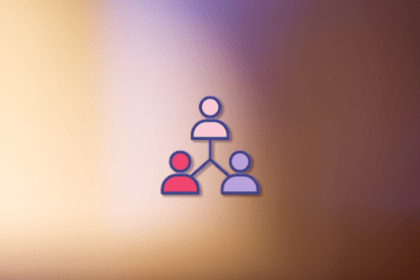
Configuration management is a process to properly track changes to a system’s configuration through its whole lifecycle.

Psychographic segmentation is a technique where segments are defined based on psychological traits that influence product adoption.

Push notifications can be a very effective way to engage your app’s users. But if done wrong, they can do great damage to user experience.

We sit down with Nidhi Bhatnagar, VP of product management at DataStax, who shares insights into communication and customer feedback.

Control charts visually display the average amount of time it takes to complete a piece of work for a given team or project

The Start, Stop, Continue retrospective is one of the many retrospectives out there. What makes it unique, however, is its direct approach.

The optimal sprint length has always been a discussion-provoking topic. Although two-week sprints are standard, it’s not always the most appropriate length for a given context.

Strategic plans can take many forms, but their common goal is to provide a north star, inspiring your team and intriguing investors

We sit down with Ryan Johnson to get his insights on maintaining good customer experience while growing fast-scaling products and to discuss fostering a culture of innovation.

In this interview, we chatted with Susan Stavitzski, senior product manager at CarMax. She discusses her career journey and how she does customer discovery.

6 9s is the delivery of availability at a rate of 99.9999 percent, which is the equivalent of no more than 31.5 seconds of unavailability.

Timeboxing is a technique that involves assigning a fixed amount of time to a specific task and then completing it within that time frame.